Melbourne-based Butoh practitioner Yumi Umiumare creates a profound fusion of the grotesque and burlesque to explore the concept of laughter in the physical form.
Nestled away in the corner of Abbotsford Convent, pink and gold hues of light flicker intensely. Excessive laughter can be heard from inside as audience members approach the foyer. The stage is divided by concrete pylons, splitting the stage horizontally, which adds to the already ominous and dungeon-like atmosphere. No one really knows when the show starts or ends as the actors maintain their character’s facade without tire.
Each row is asked to accompany the actors around the perimeter of the stage, holding tight to a rope—like slaves. It resembles a slow-moving ghost train, observing each character repeat a movement with a possessed-like manner to an electrifying soundscape. Characters grate carrots on their faces, play slow-motion tennis, immerse their skin in clay and stare into the abyss, twitching.
Forbidden Laughter is part of the annual festival ButohOUT!, which celebrates the Japanese art form Butoh. Butoh was born in the 1950s during the social turmoil after the Second World War. Originally referred to as the Dance of Darkness, butoh explores themes that surpass the realms of gender, religion, culture or status.
Butoh traditionally involves half-naked men in white face makeup performing a range of styles including the grotesque, the burlesque, to the erotic and the comic. Rather than focusing on the material world and physical beauty, the art of Butoh takes on a primal form of the human condition.
Collaborating with Maude Davey and Weave Movement Theatre, Forbidden Laughter carries no real story, only moments. The most iconic moment of the show is when the two human-rabbits vividly demonstrate the entry points of a warren on each other. This piece of erotic comedy captures a strong sense of Butoh itself, and at this moment, we find a laugh that is so instinctive, our egotistic exterior cracks.

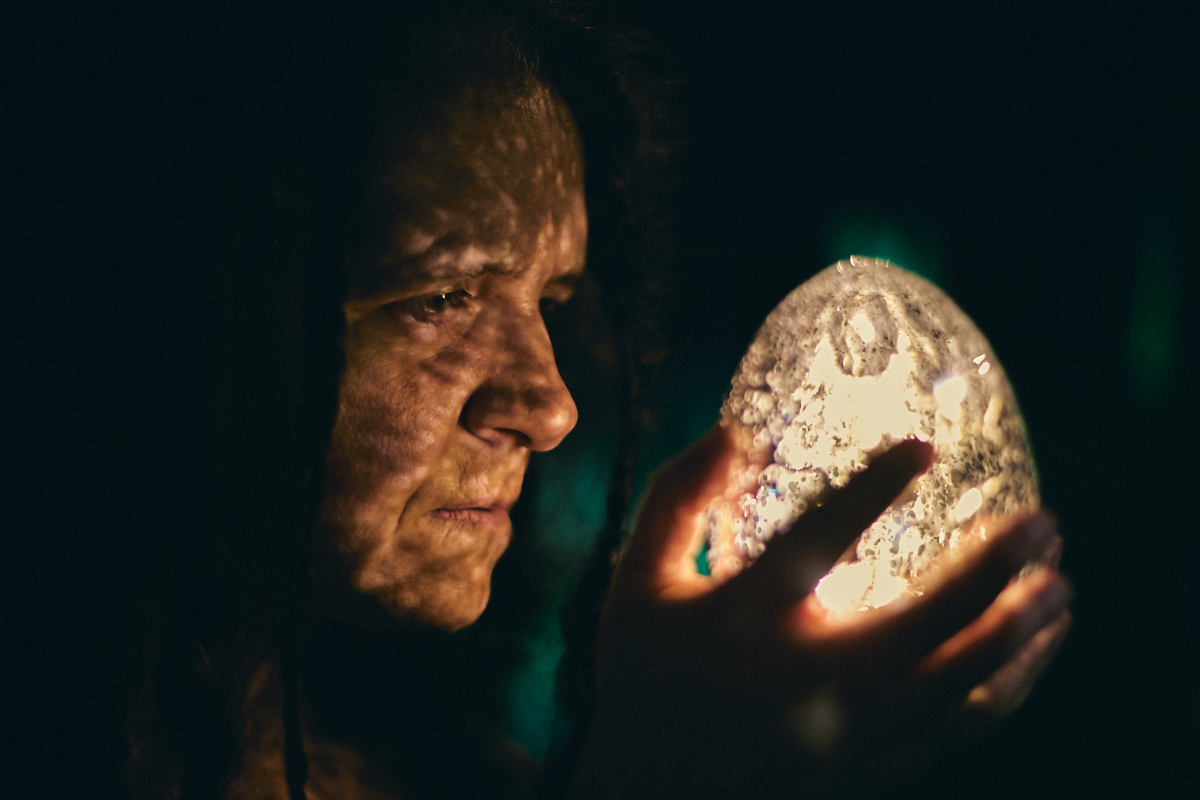



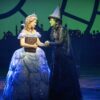
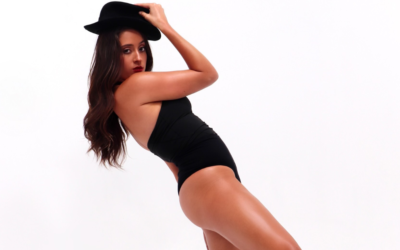
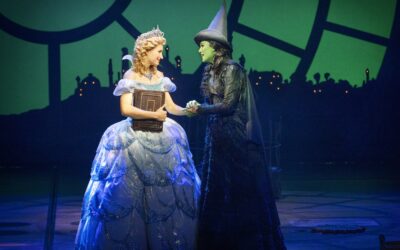
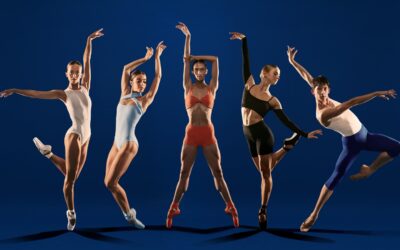
0 Comments